OTHER PROGRAMS
The Missing Circle included seminars, commissioned new works (on view at KADIST San Francisco), and exhibitions in partnership with other institutions across Latin America.COLOMBIA & MEXICO
EXHIBITIONThe Missing Circle
Museo de Arte Moderno, Medellín
October 31, 2019–February 2, 2020

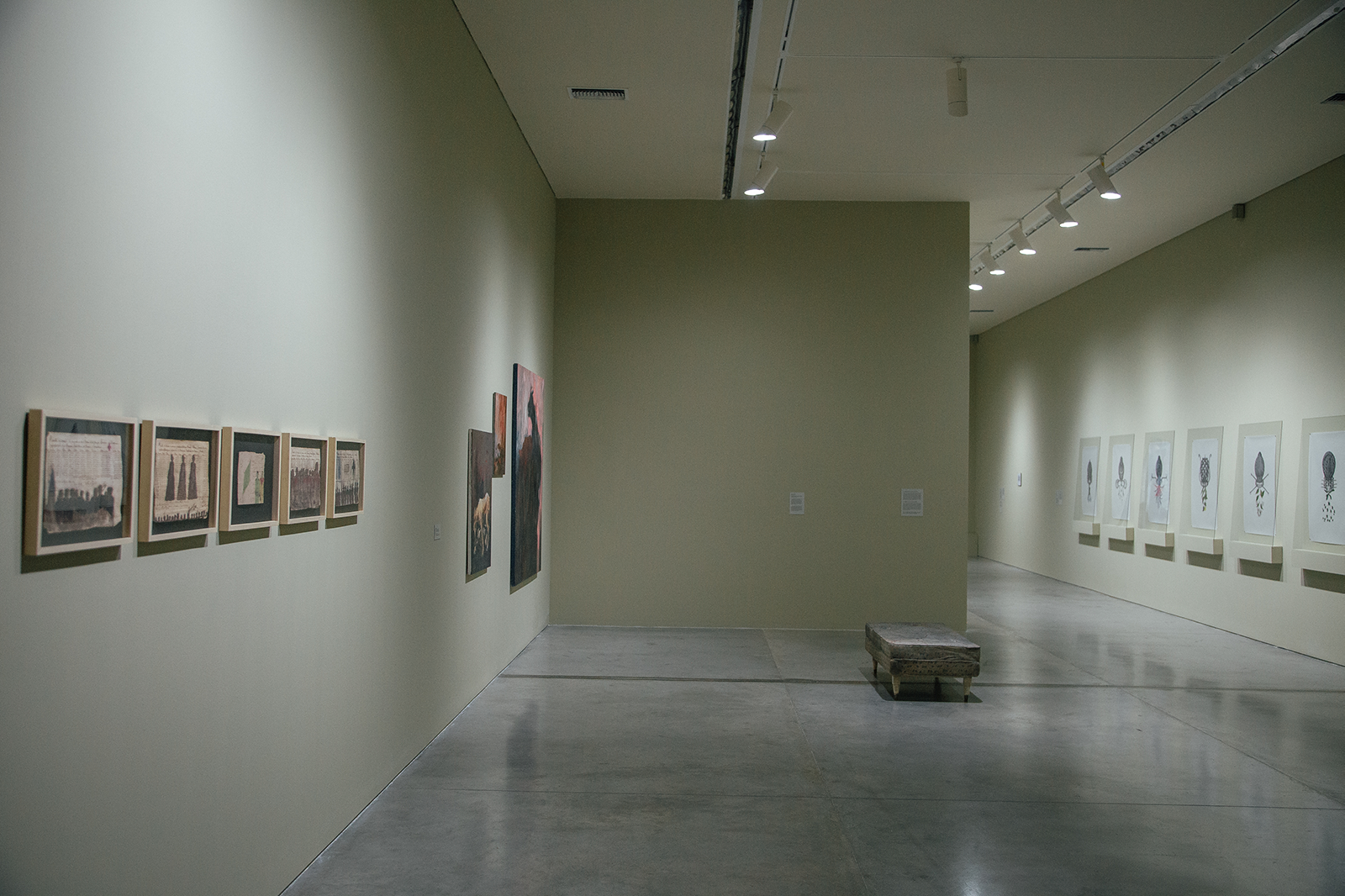






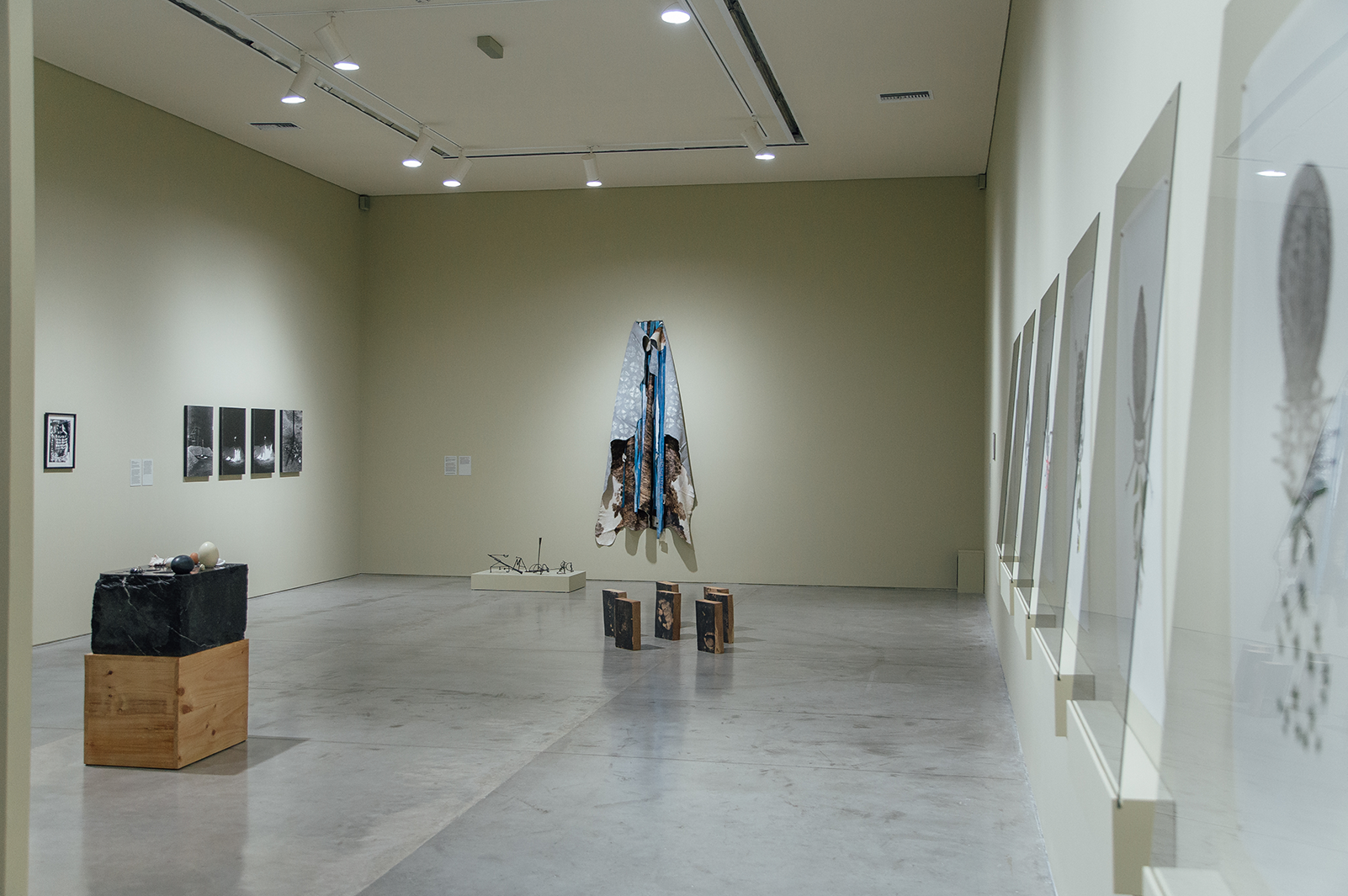
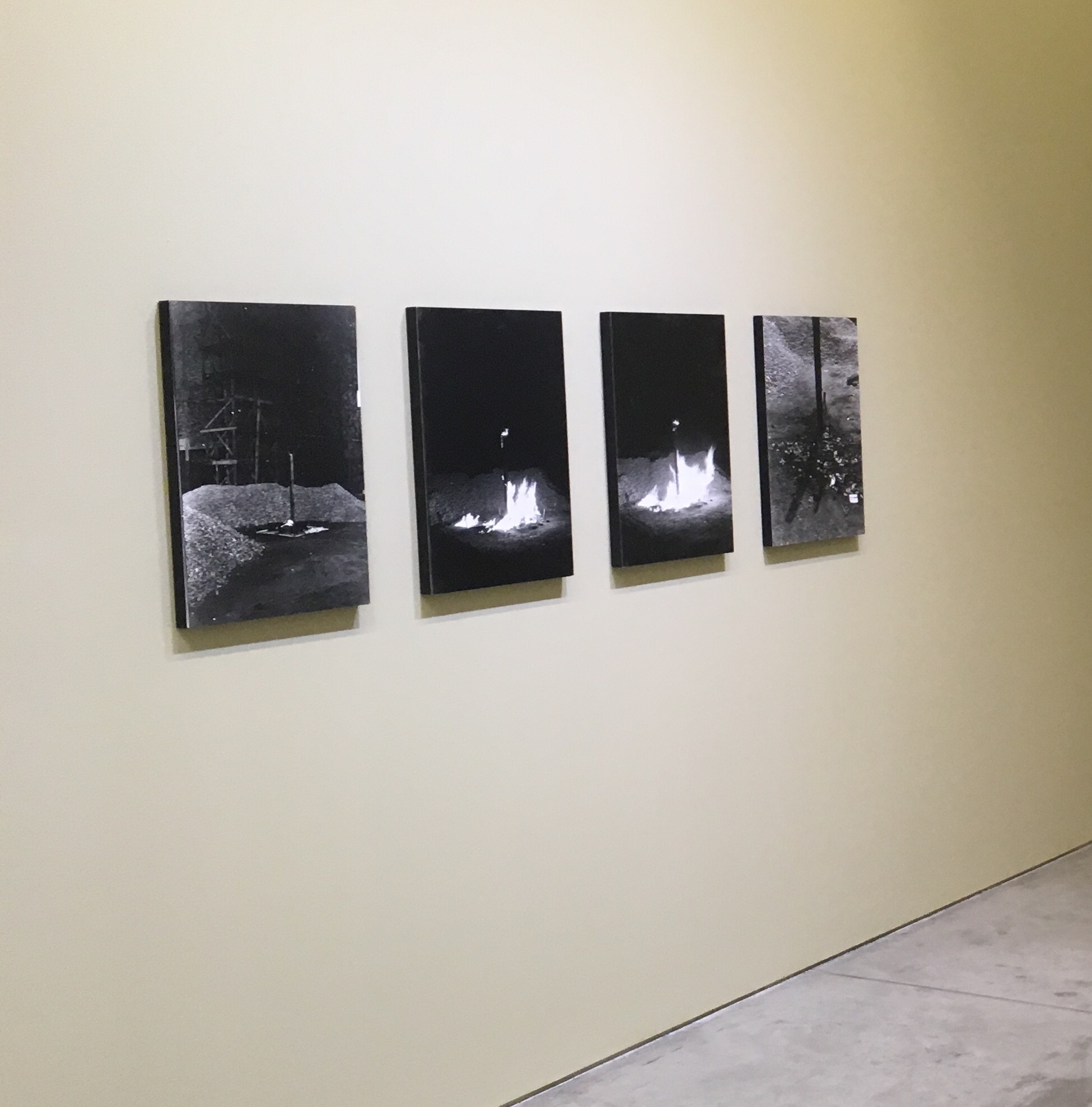


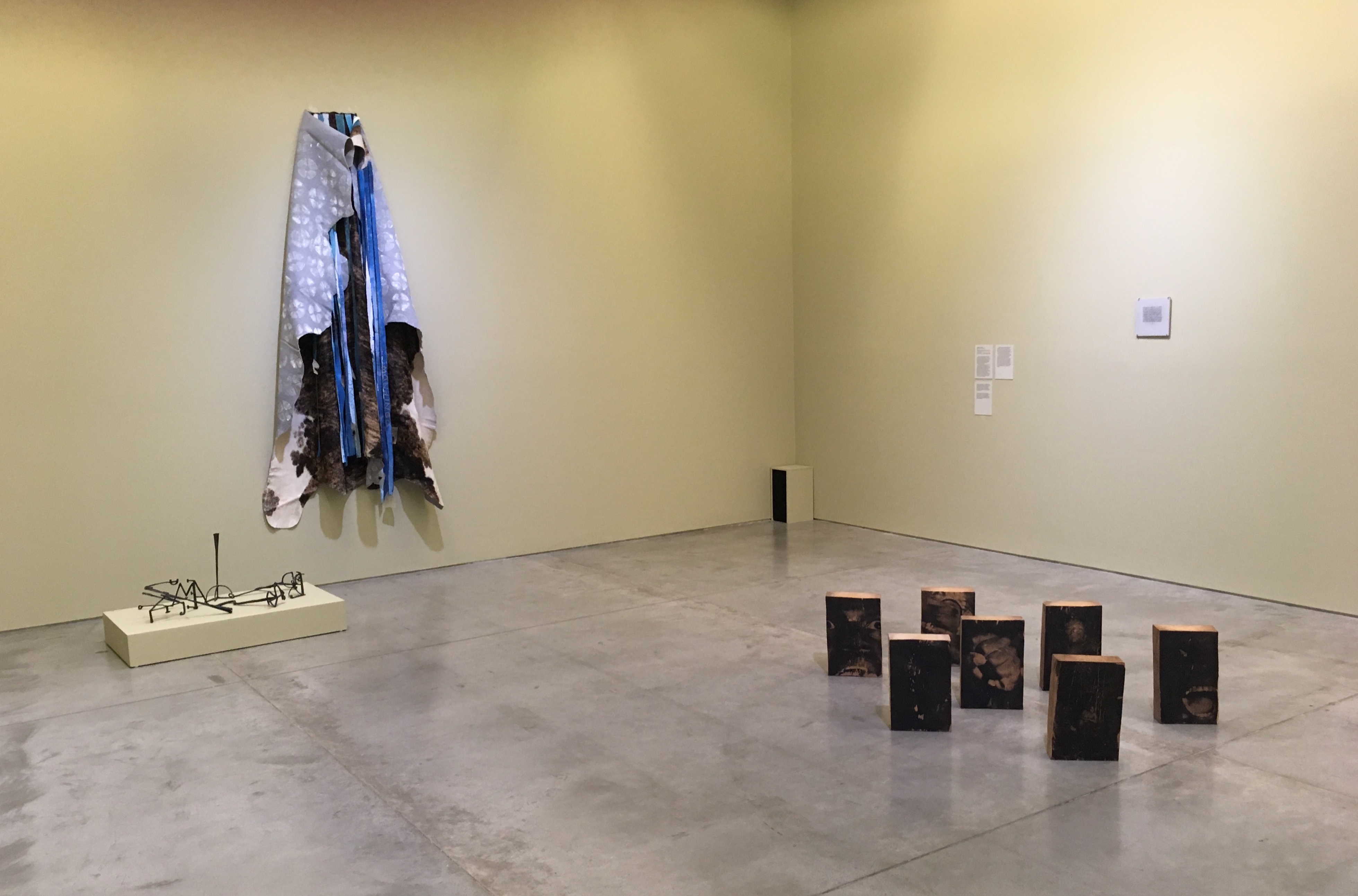
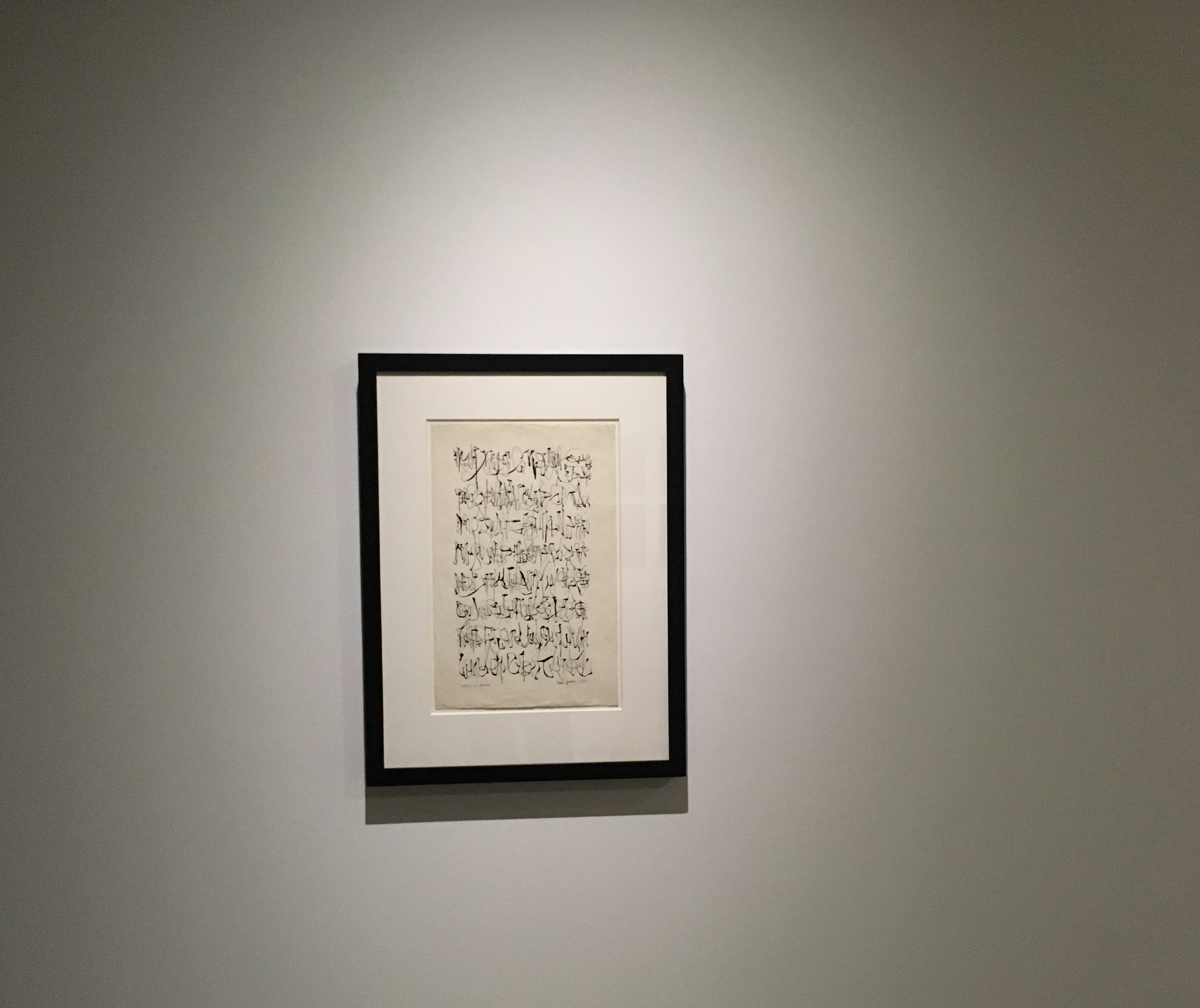
EXHIBITION
The Missing Circle
Museo Amparo, Puebla
October 24, 2020–February 8, 2021
Video courtesy the museum
Initially held at the Museo de Arte Moderno de Medellín (MAMM) in Colombia, and later at the Museo Amparo in Puebla (Mexico), The Missing Circle was then adapted to be presented at KADIST San Francisco. The exhibition departs from the shared experience of death and extinction that has traversed Latin America and the Caribbean since colonial times and its various manifestations. Click here and there for more information.
MEXICO
SEMINARFables of the Undead–An Allegorical Story of Latin America
Tecoh, Yucatán
April 26–28, 2018

Marking the launch of The Missing Circle, the three-day seminar departed from Michael Taussig’s concept of “space of death” and its relation to fear and the metabolism of power in colonial slavery. It dealt specifically with the social and political role that the figure of the zombie has played historically in Haitian and Brazilian cultures, as well as its instrumental role in the orchestration of the first slave revolts. It was co-produced with Transformación Arte y Educación (TAE Foundation) and thanks to the support of Patronato Arte Contemporáneo (PAC). Click here for more information.
EXHIBITION
Carla Zaccagnini, El presente, mañana
Museo Experimental el Eco, Mexico City
June 6–Aug 26, 2018





The first co-commission was El presente, mañana [The Present, Tomorrow] by Carla Zaccagnini, held at the Museo Experimental el Eco in Mexico City. The work explored the relationship between modern Brazil and its colonial past. Click here for more information.
GUATEMALA
EXHIBITIONNaufus Ramírez-Figueroa, El guardián del bosque
Proyectos Ultravioleta, Guatemala City
September 8–November 17, 2018





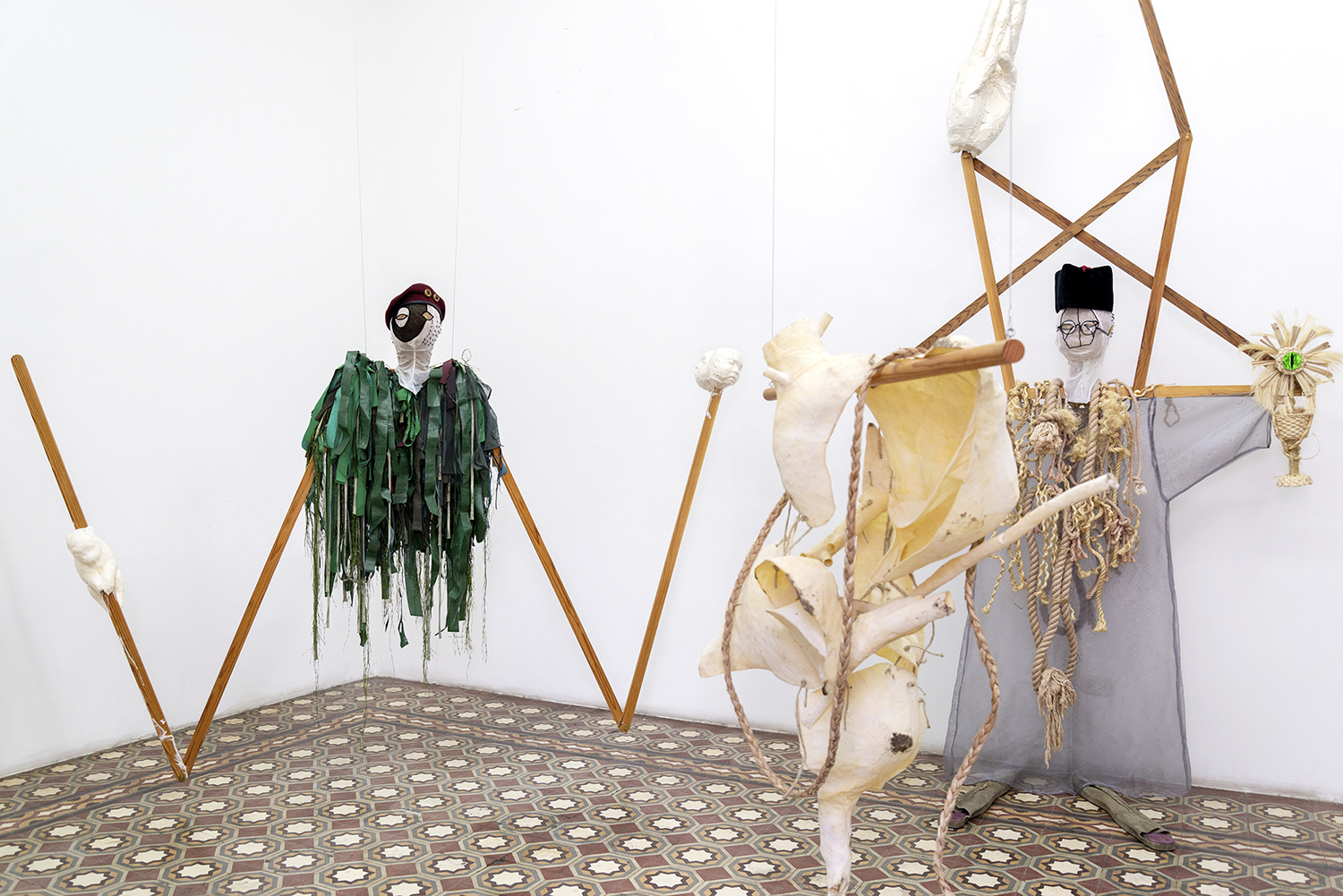


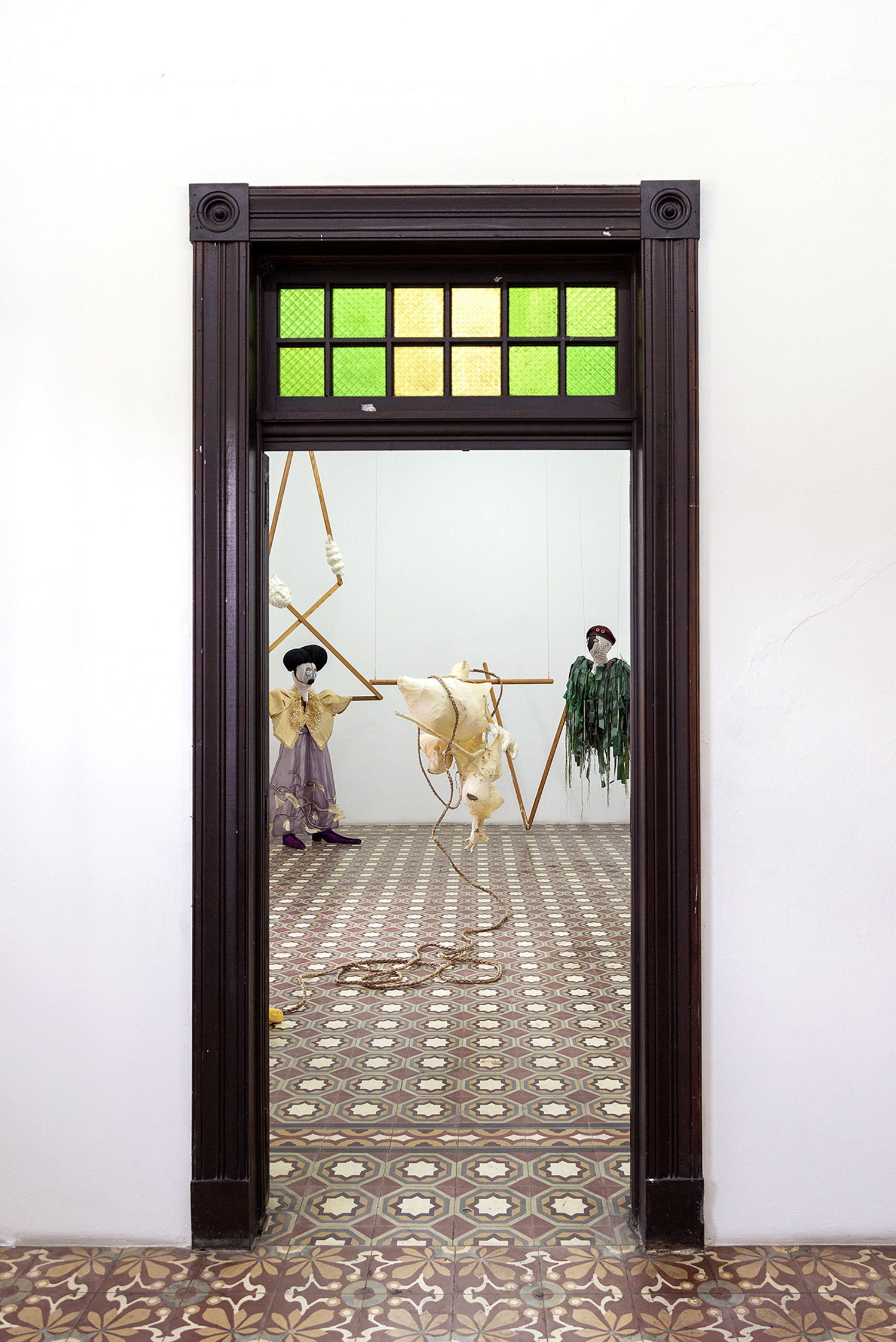
EXHIBITION
Naufus Ramírez-Figueroa, El mensajero del bosque sumergido
Centro de Formación de la Cooperación Española, Antigua
May 30–Aug 4, 2019
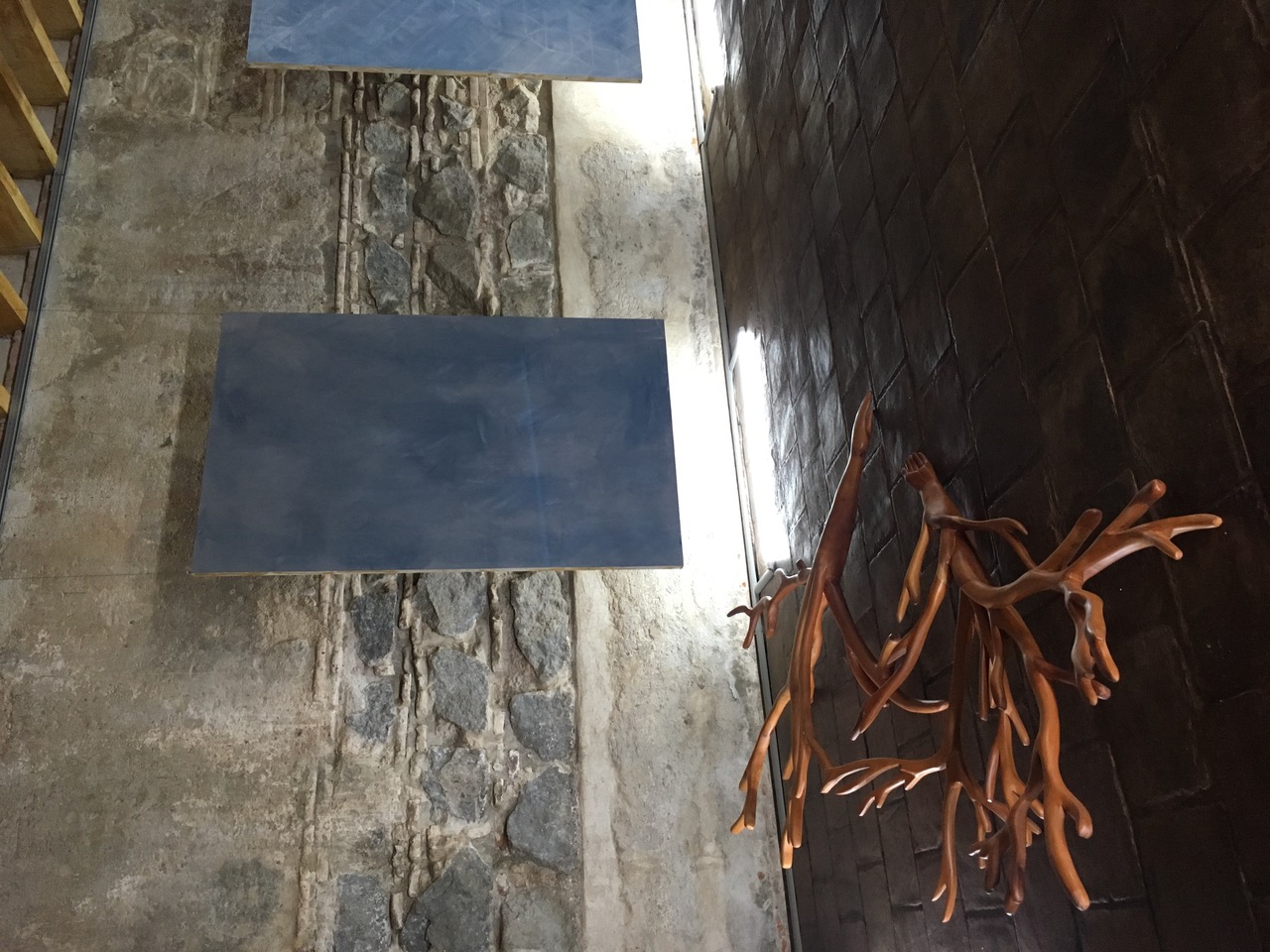
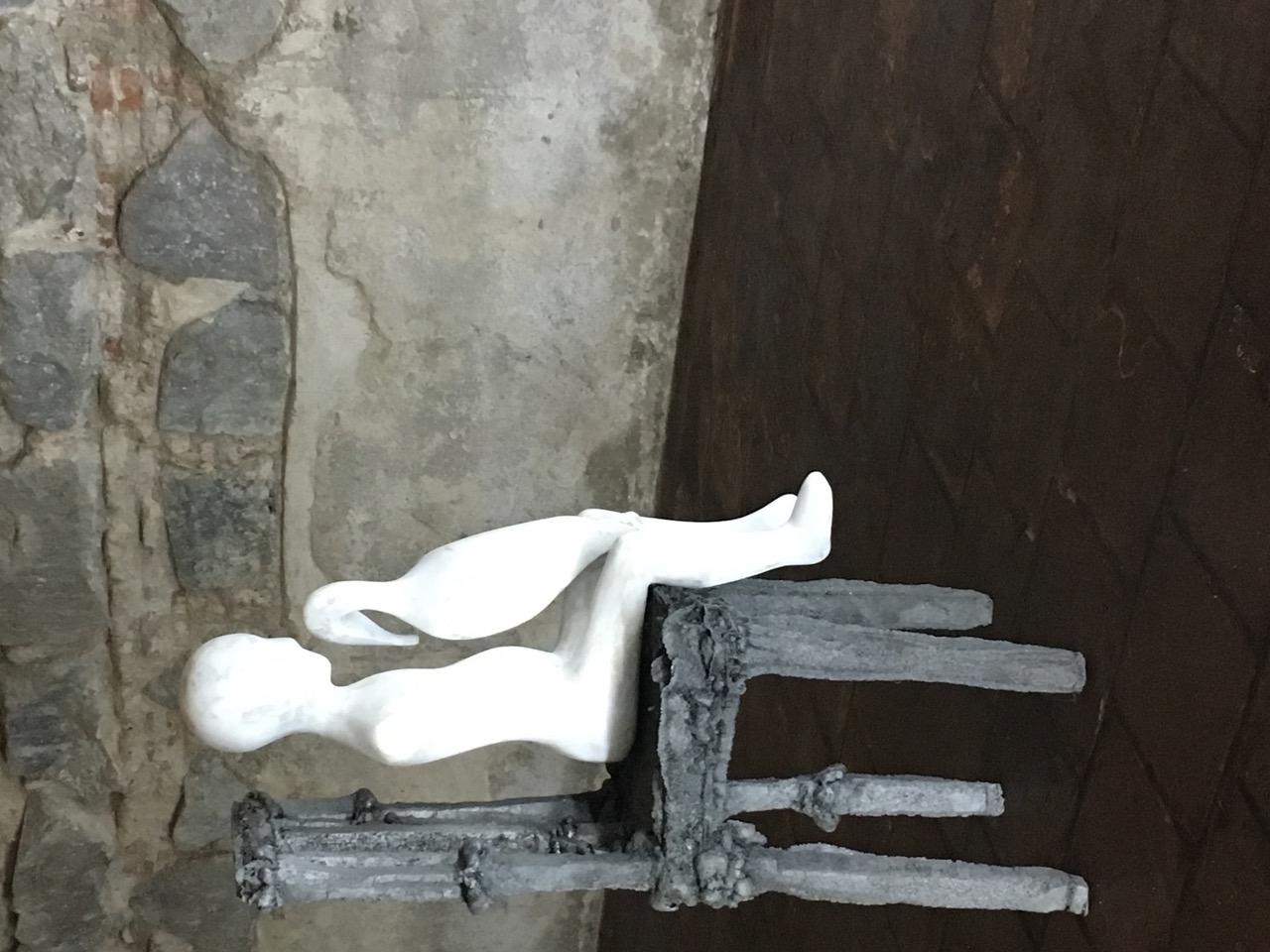

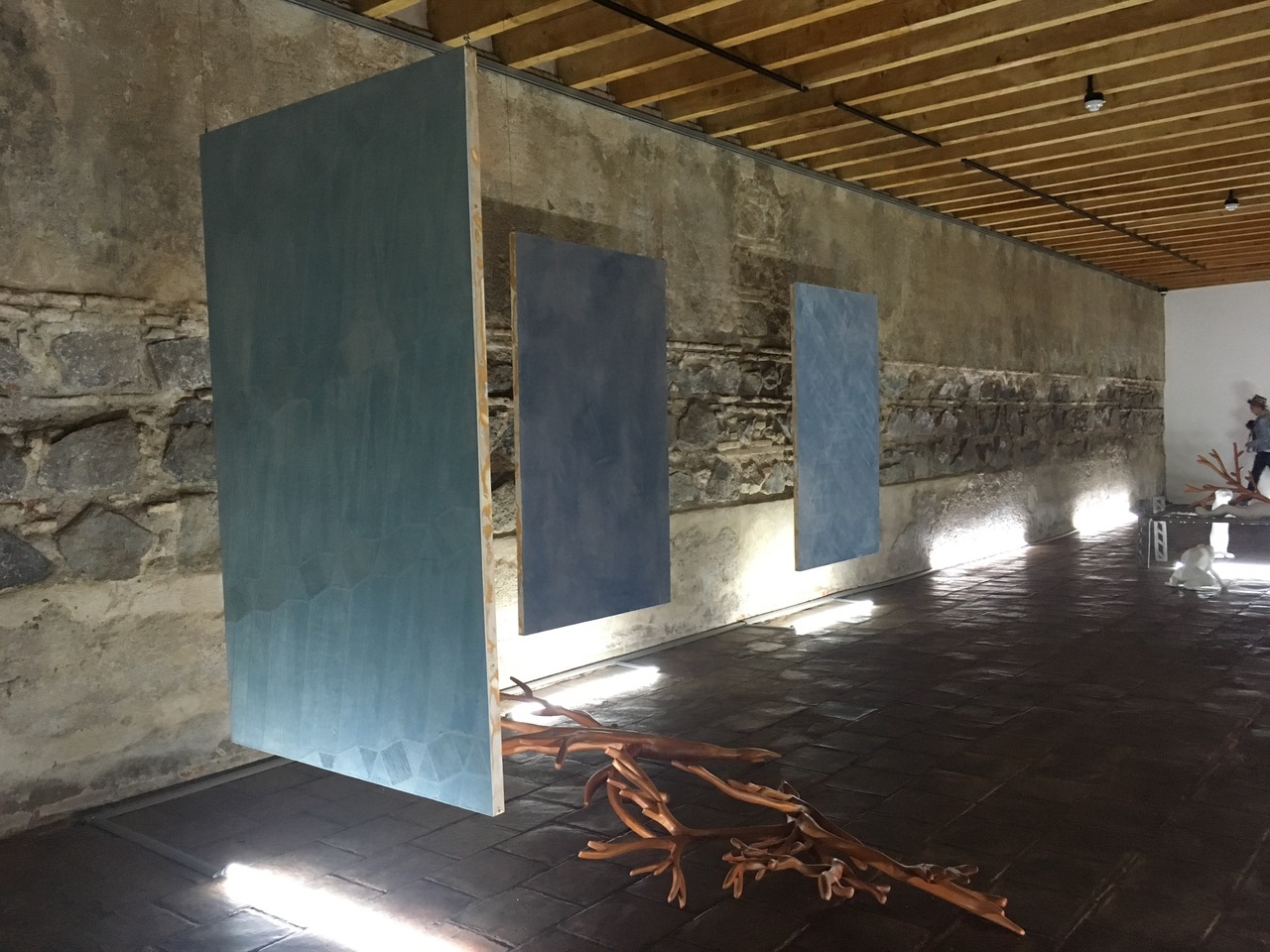
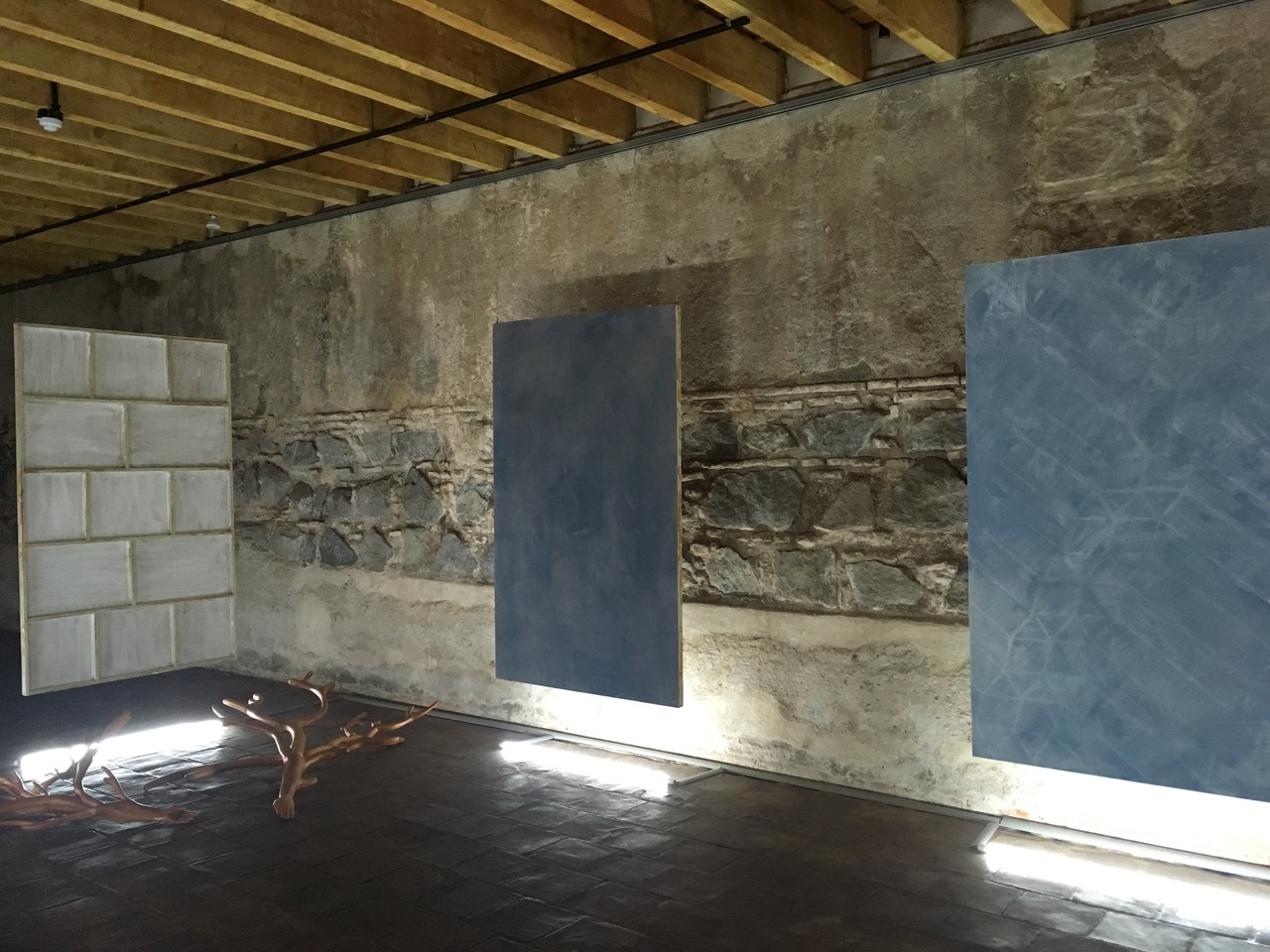
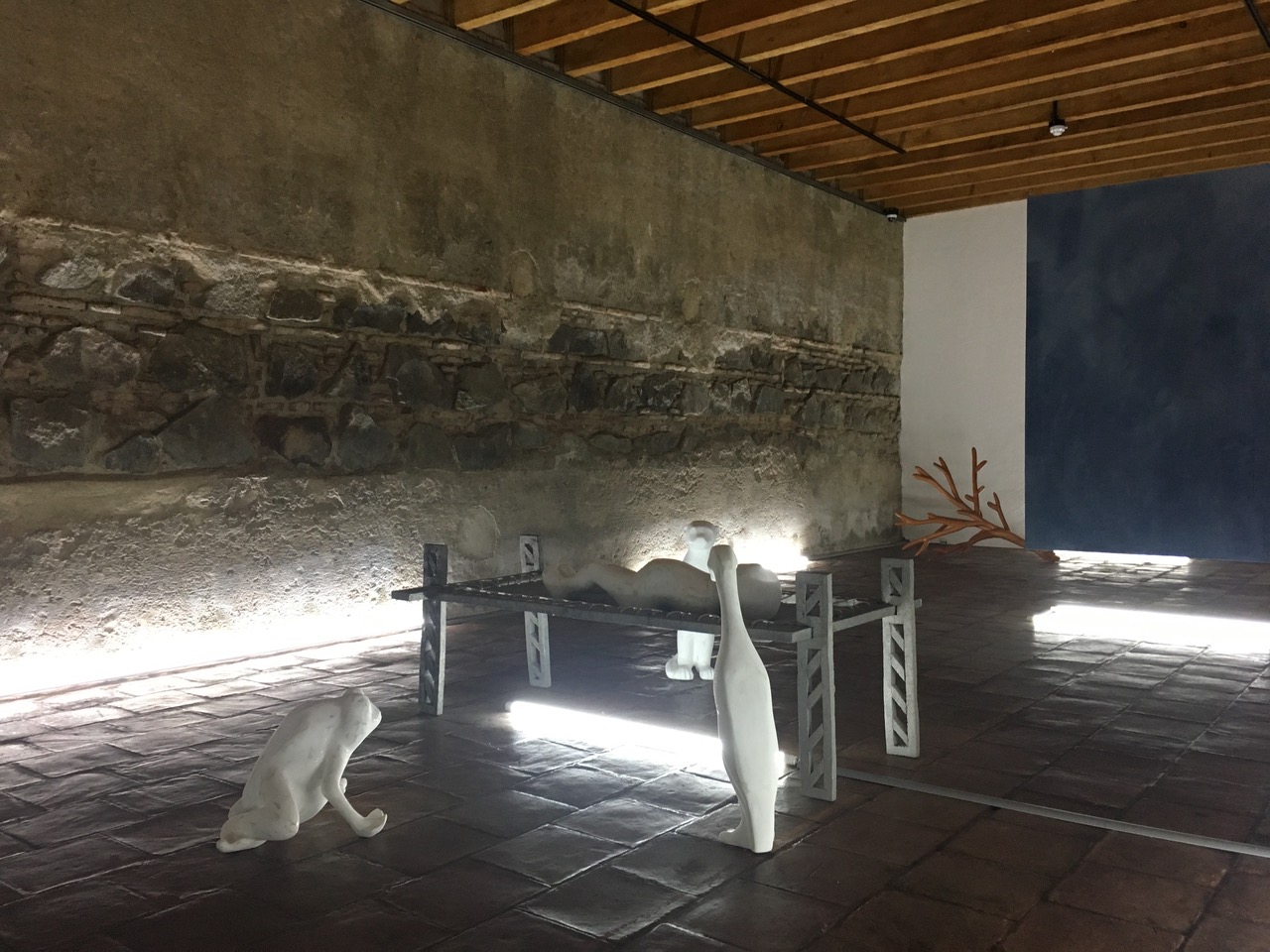
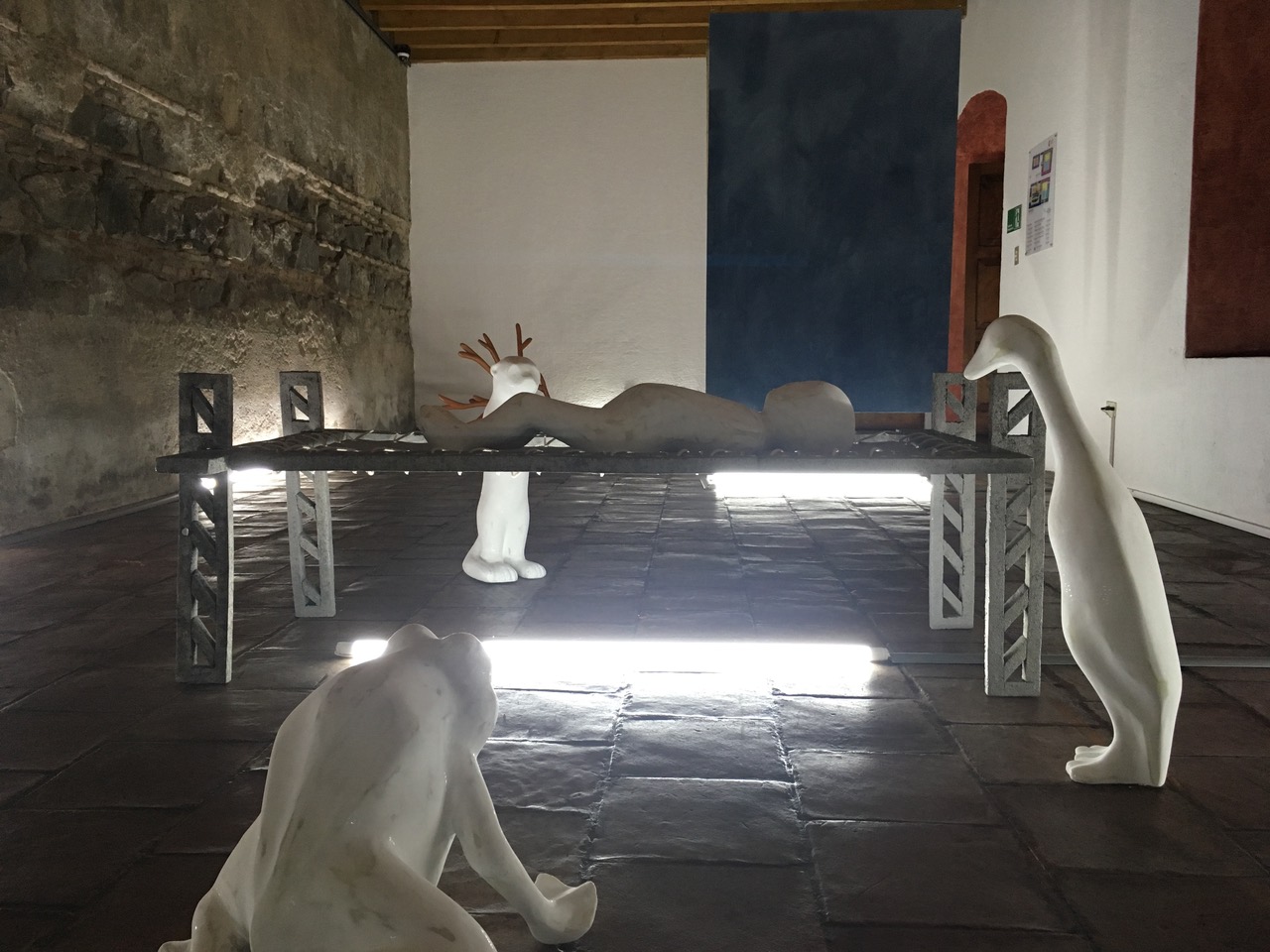
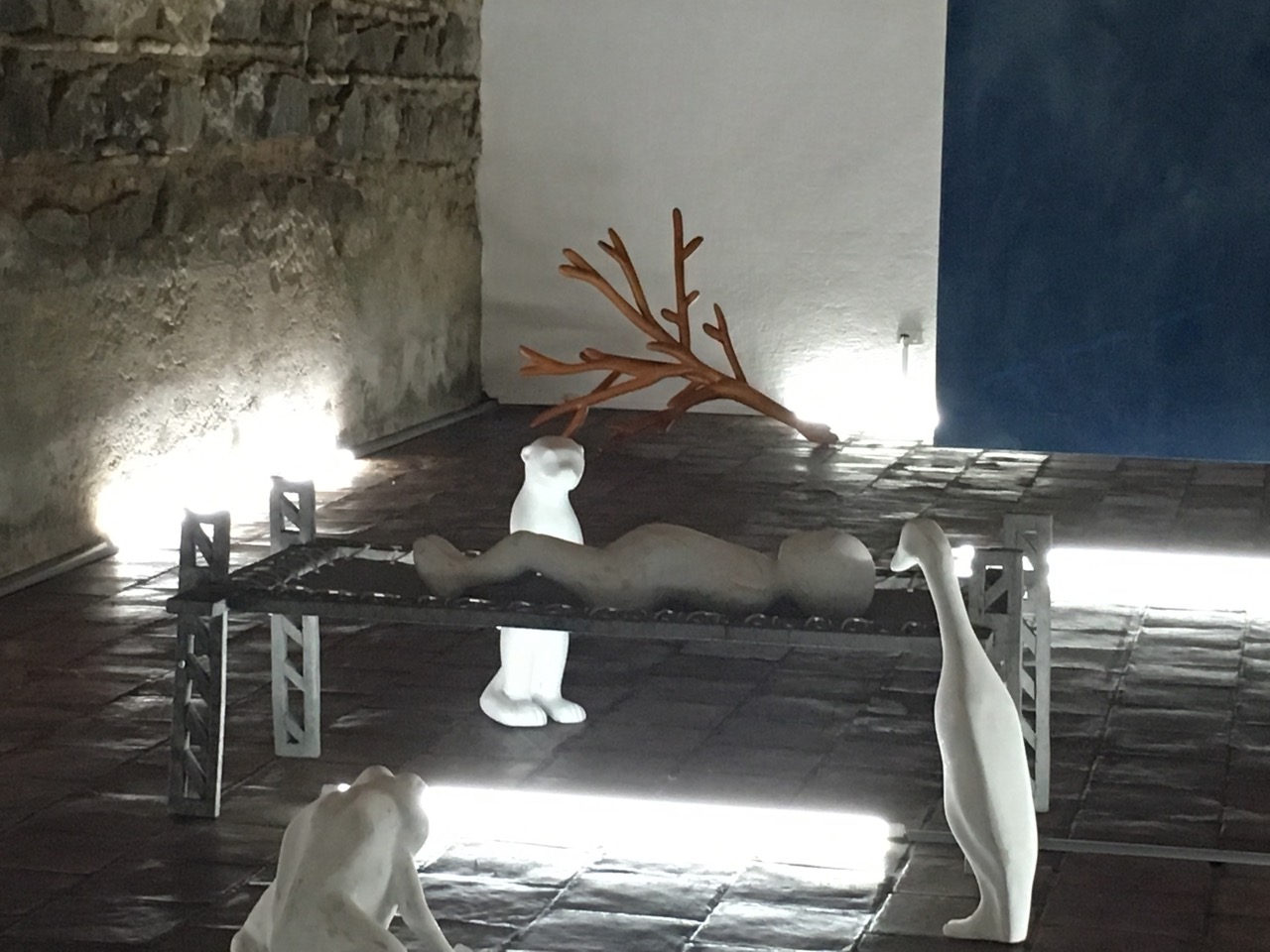

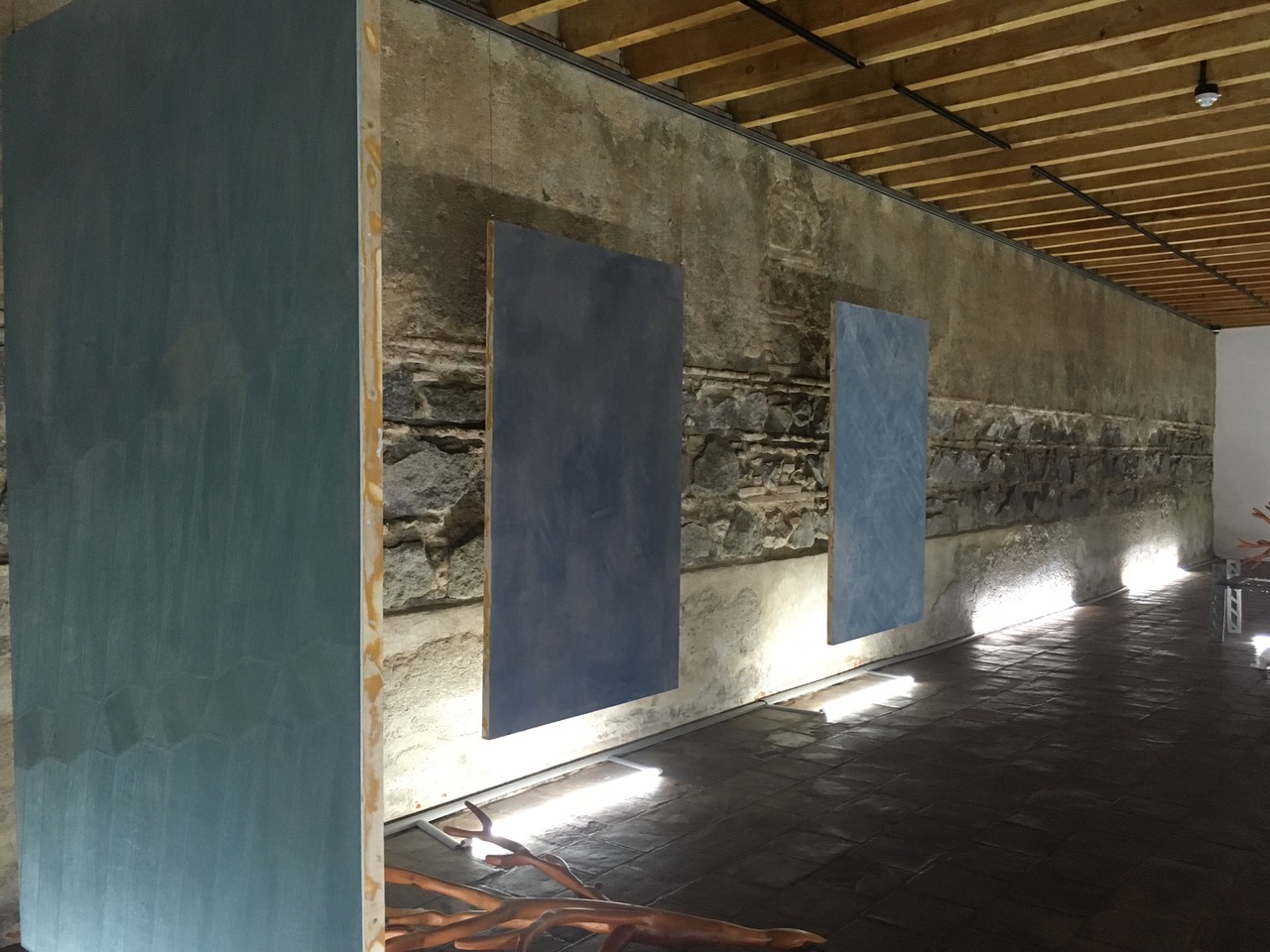

The next co-commissions were El guardián del bosque [The Guardian of the Forest] and El mensajero del bosque sumergido [The Messenger of the Underwater Forest], a two-part exhibition by Naufus Ramírez-Figueroa in collaboration with Proyectos Ultravioleta in Guatemala City, and Centro de Formación de la Cooperación Española in Antigua. This commission featured a new body of work by Ramírez-Figueroa based on the artist’s research into the historical memory of the ruins of Kawinal in Guatemala, and their relationship to the country’s political reality and armed conflict. Click here and there for more information.
CHILE
EXHIBITION
Rometti Costales, Canción para un fósil canoro
Museo de la Solidaridad Salvador Allende, Santiago
March 30–August 11, 2019



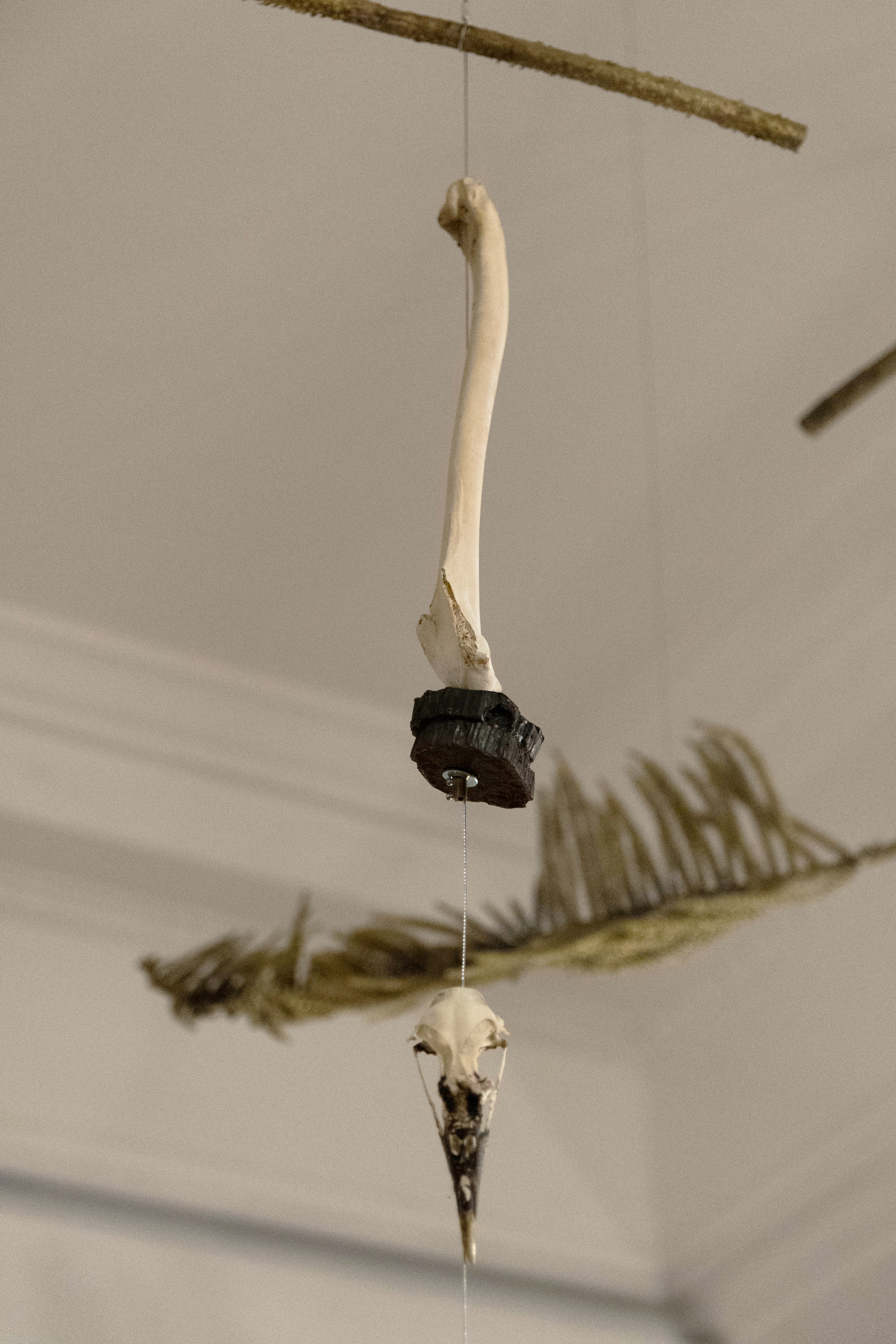
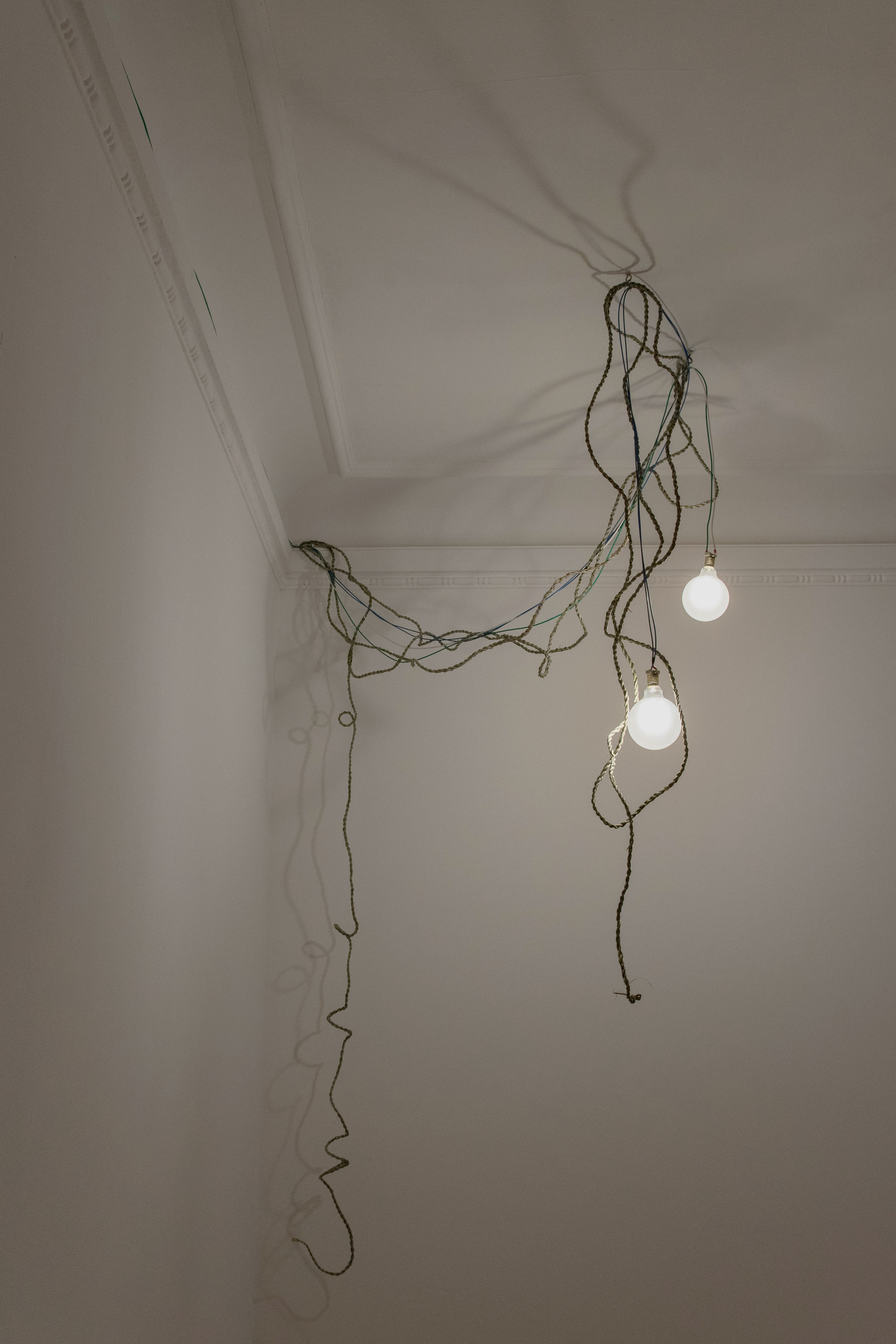

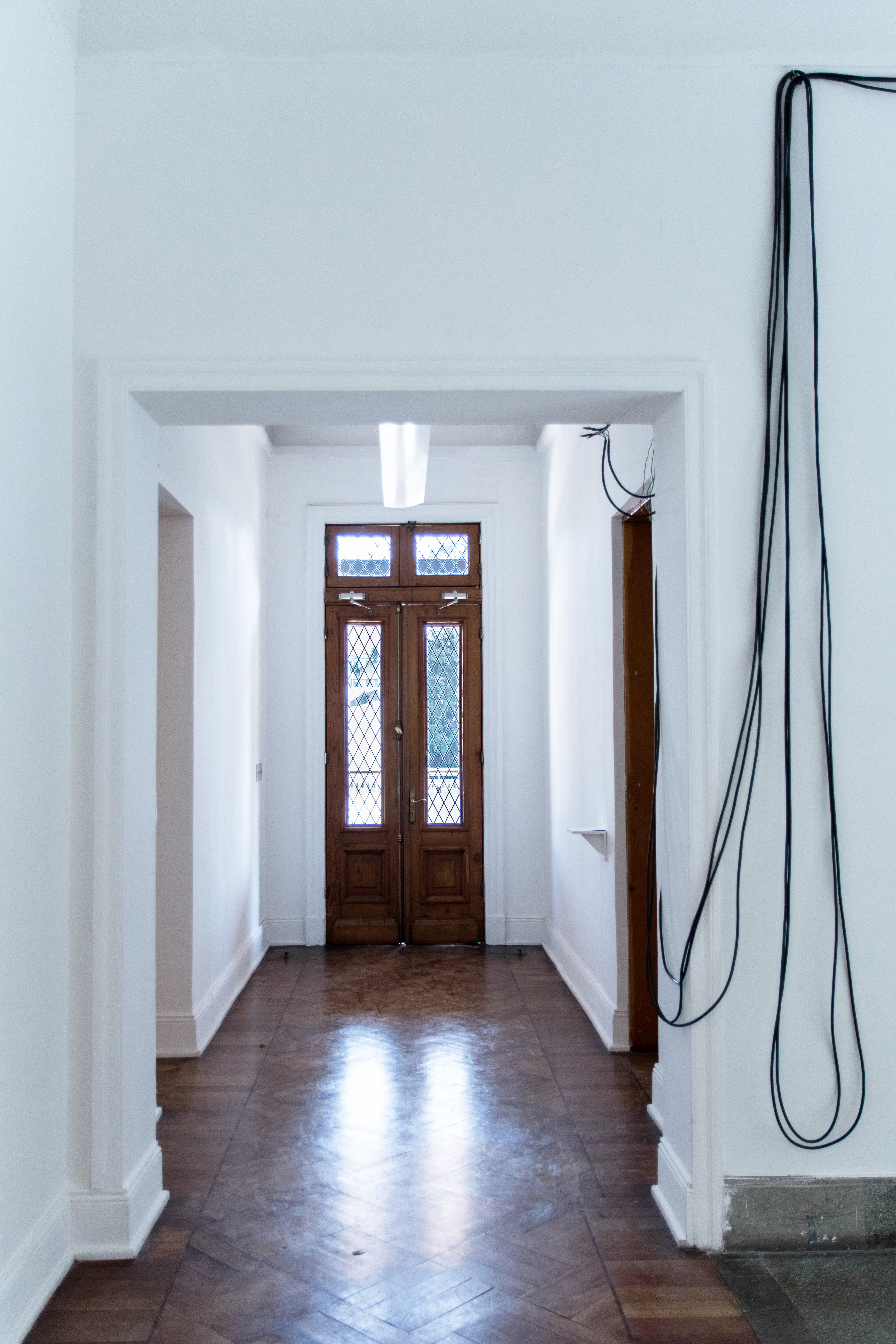

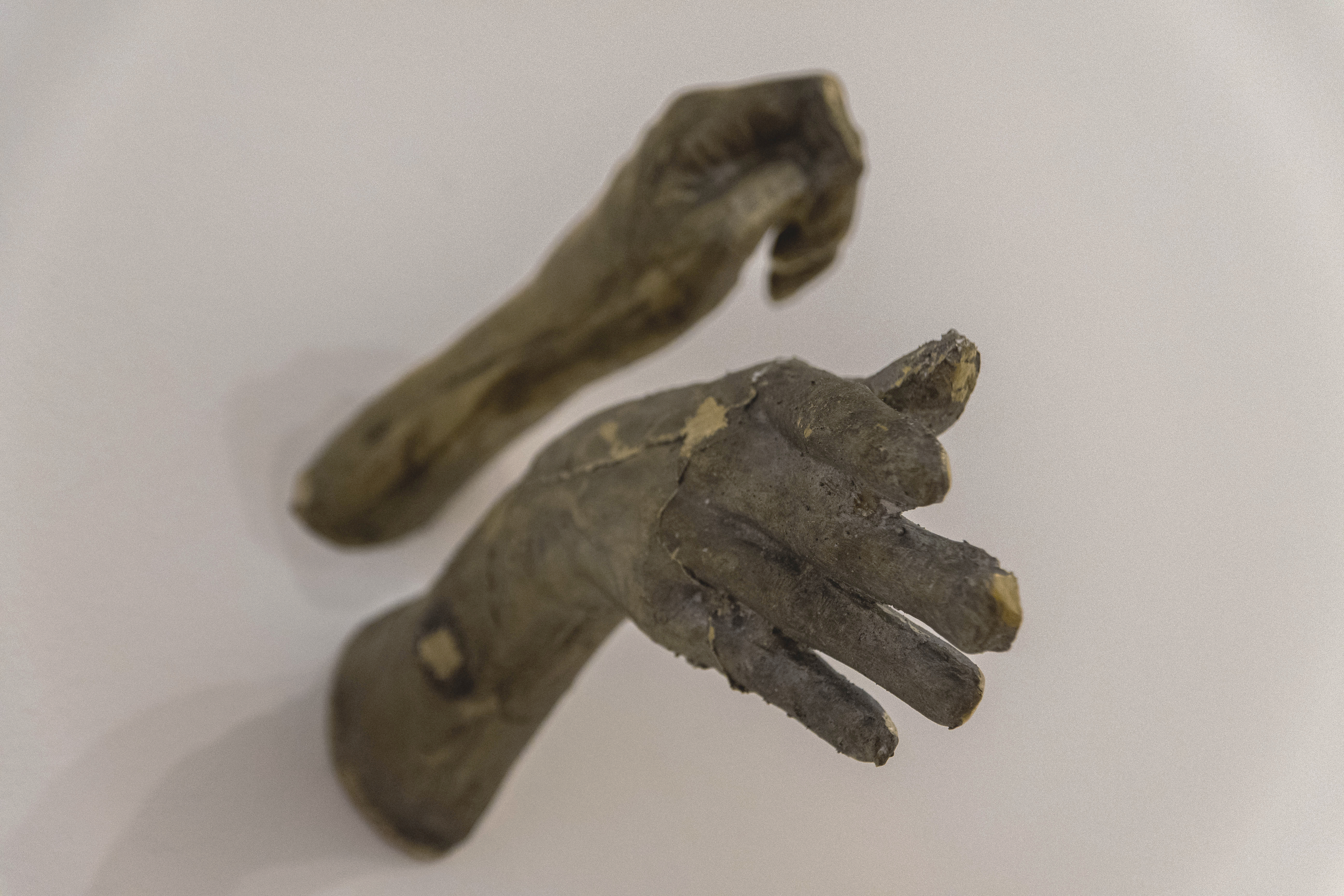
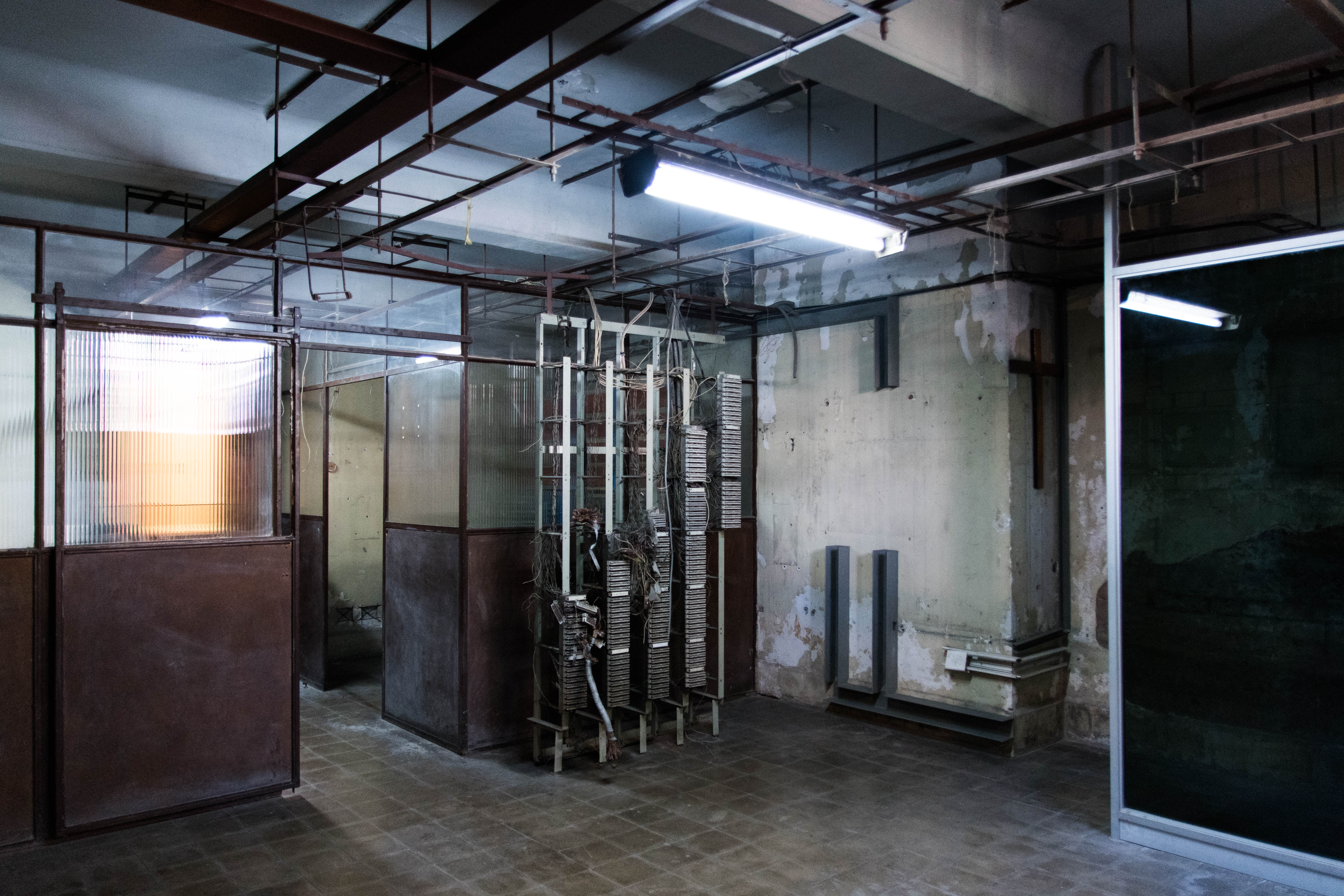
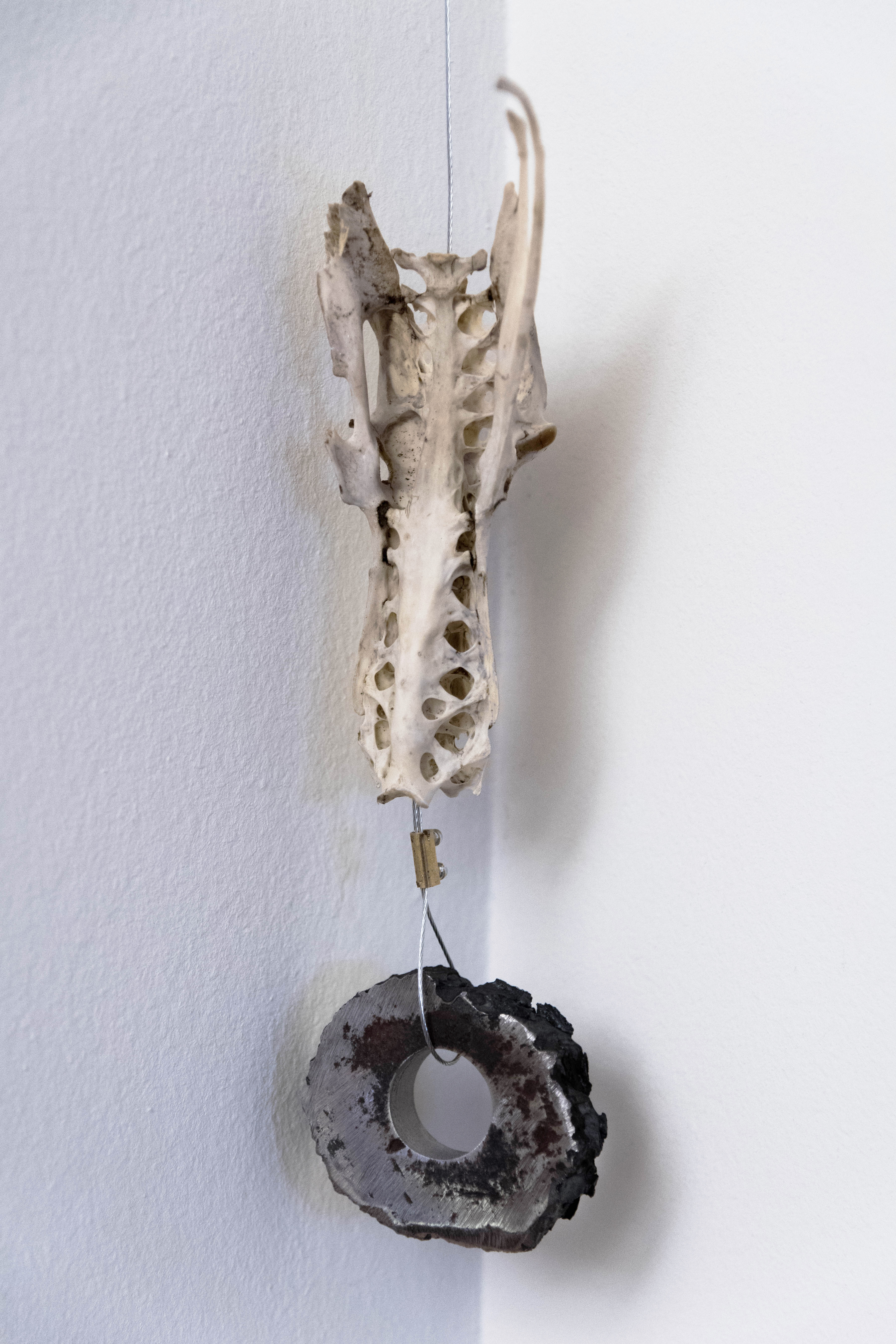


Culminating a series of new commissions in 2019, Canción para un fósil canoro [Song for a Chanting Fossil], by Rometti Costales was co-commissioned with the Museo de la Solidaridad Salvador Allende in Santiago. The work traces the vestiges of life and the processes of fossilization that have taken place in areas of the Atacama Desert, a territory that has been the stage for several episodes of Chile’s economic and political past. Click here for more information.
SEMINAR
Bodies Without Life, Dead Without Bodies
Tarapacá Region, Northern Chile
June 13–15, 2019
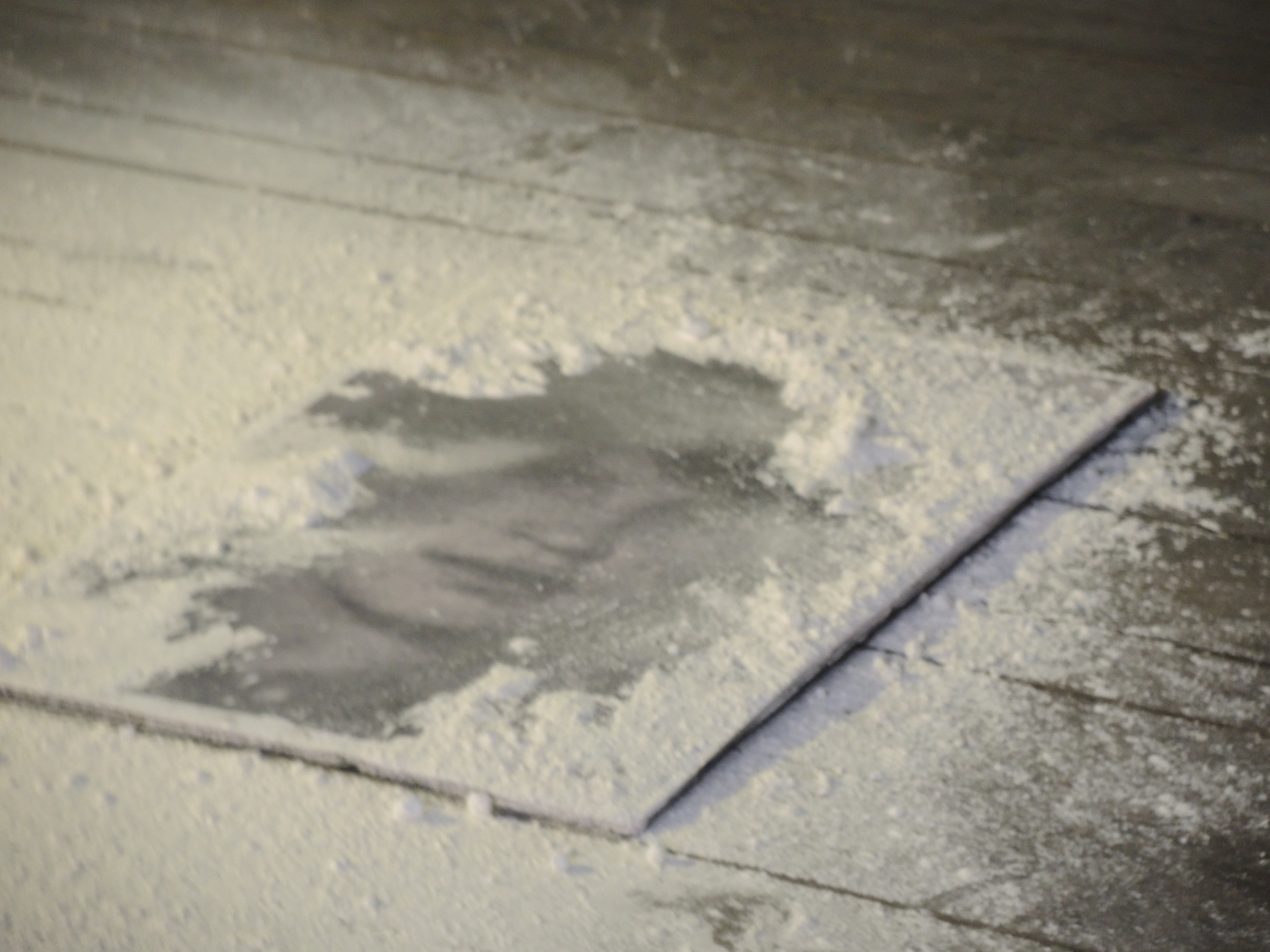

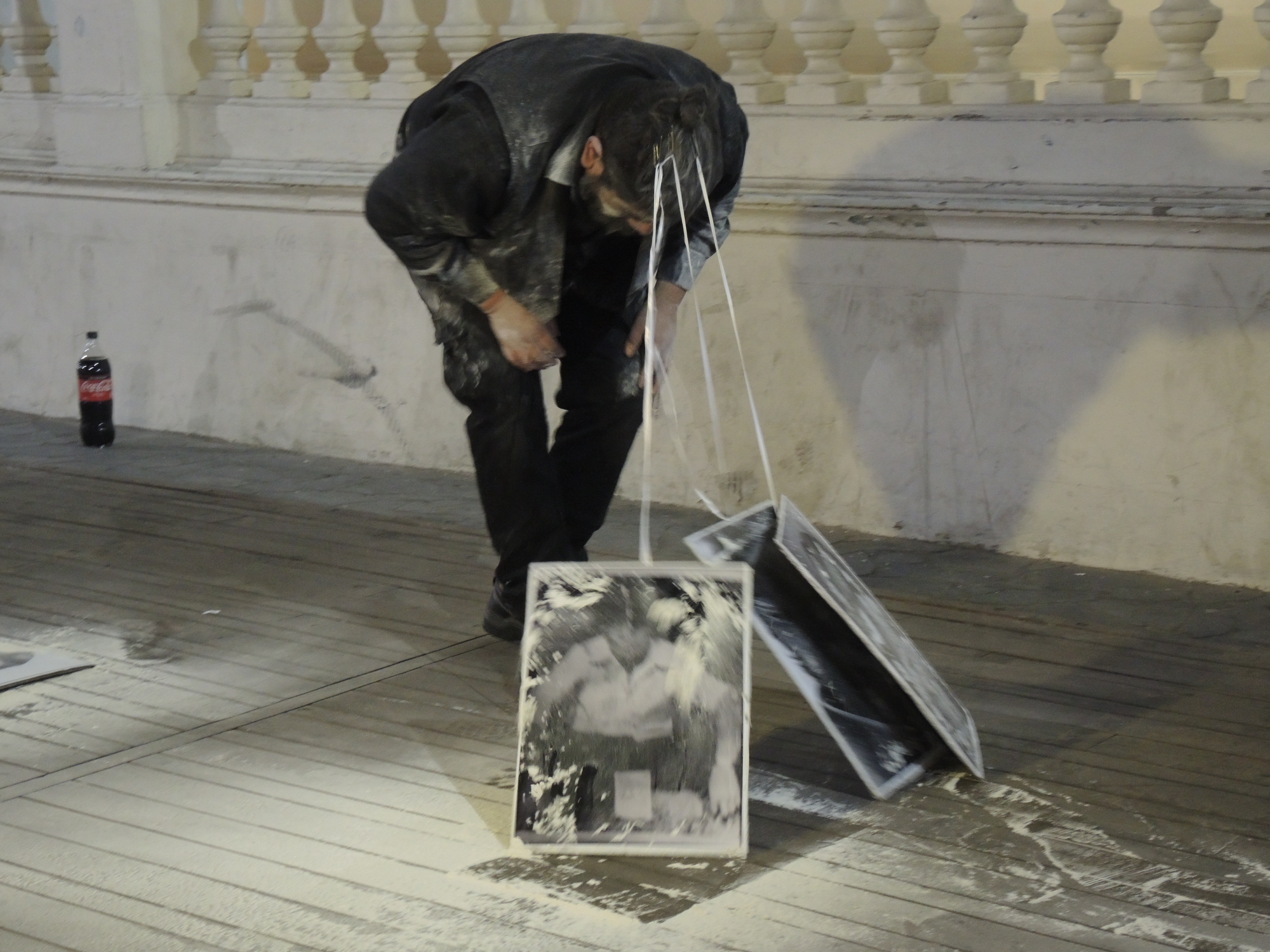
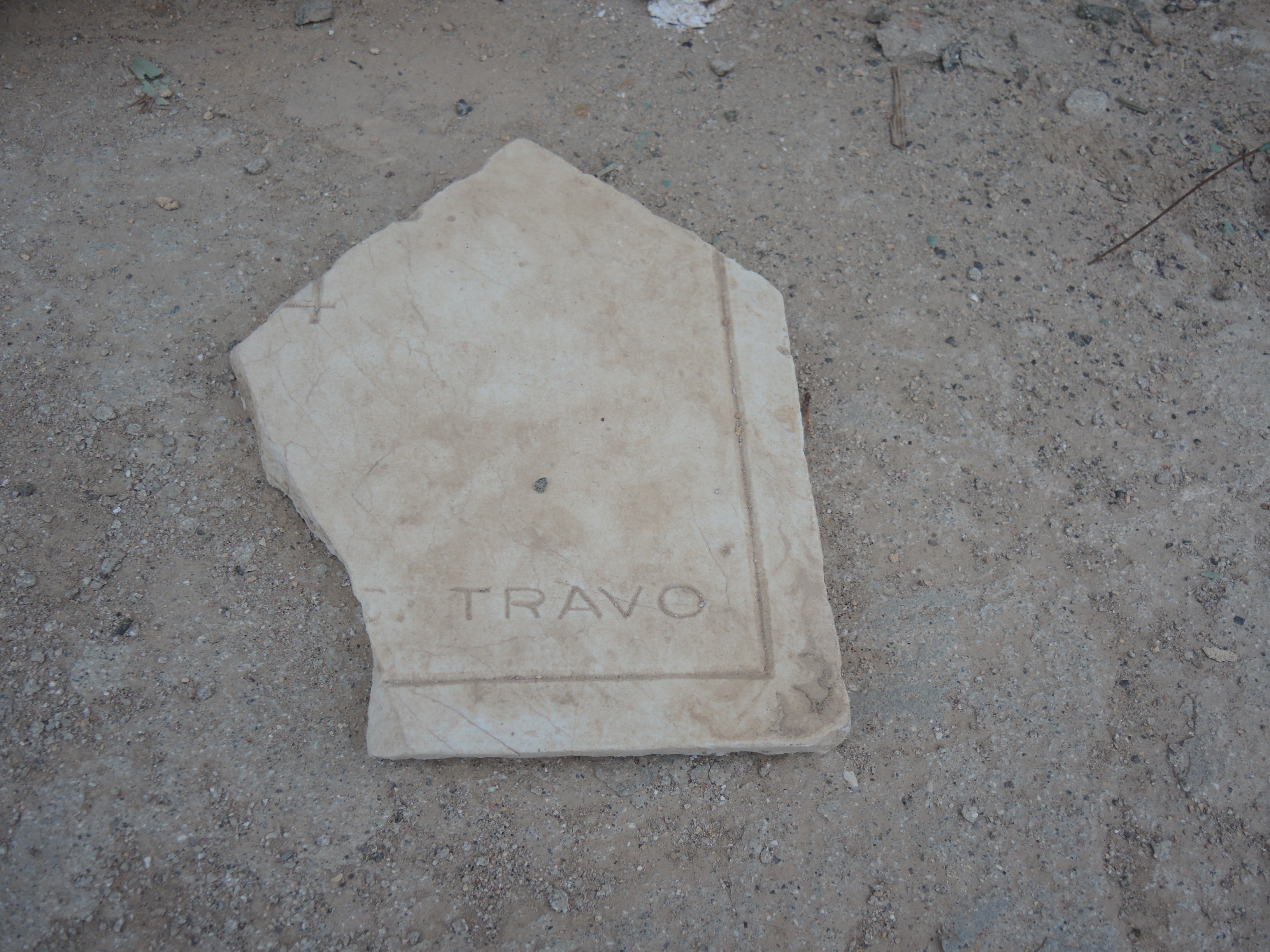

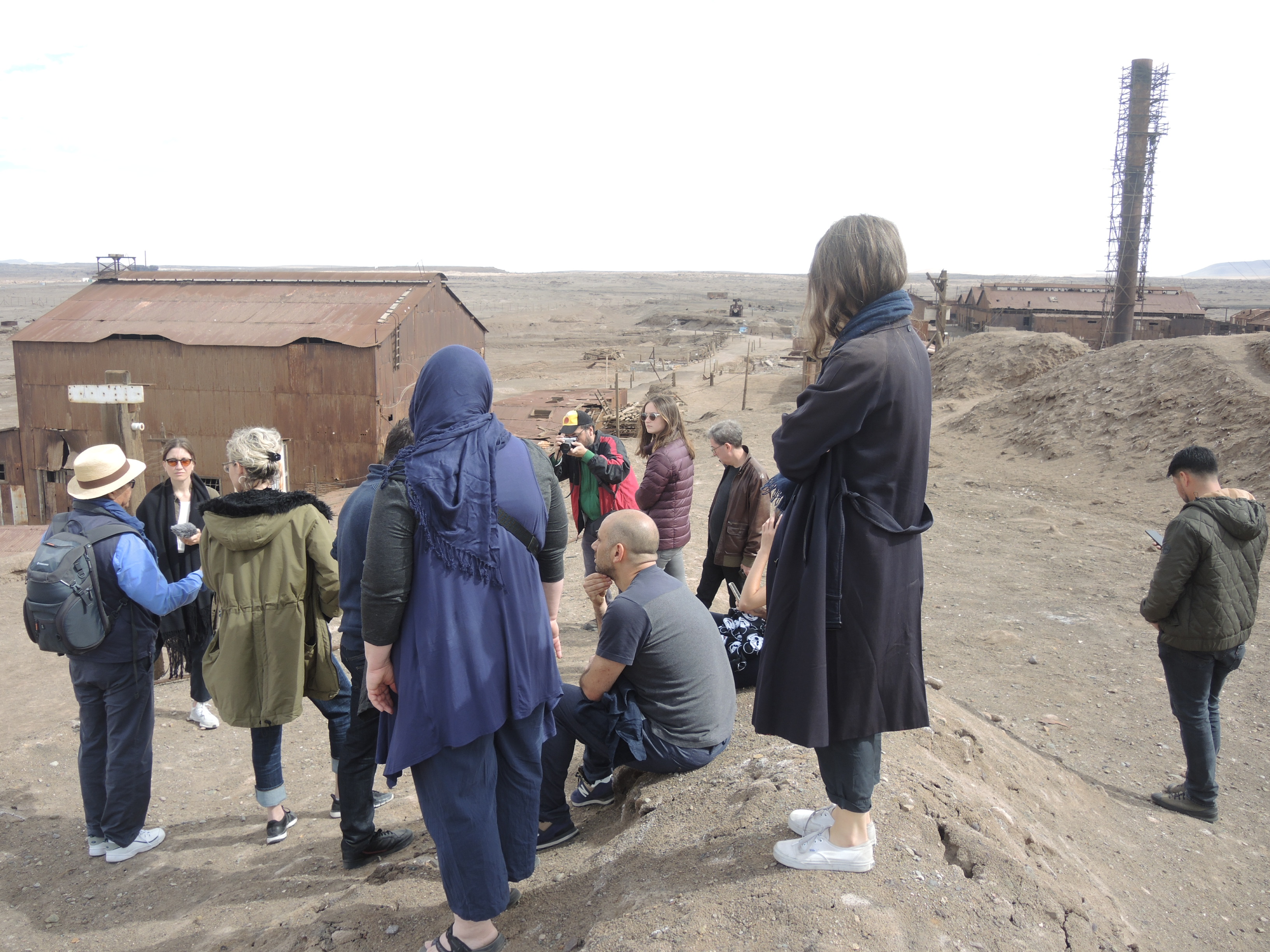
The seminar carried out in the Atacama Desert explored how the social and political chronicles are historicized and inscribed into the landscape, percolating through the bodies, architecture, and institutions it harbors. It was co-produced with Universidad de Tarapacá and thanks to the support of Aimée Labarrere de Servitje and Patronato Arte Contemporáneo. Click here for more information.